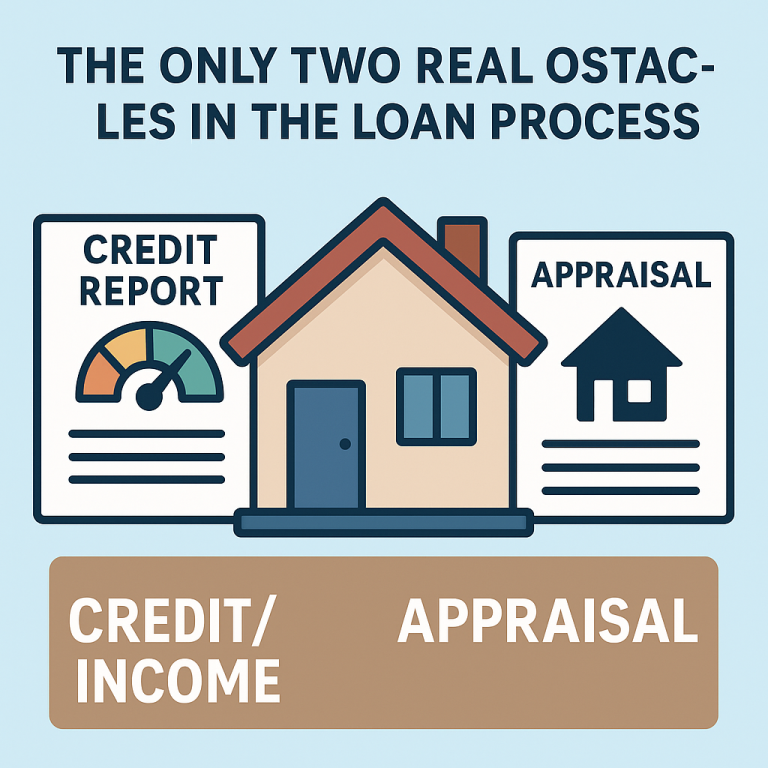When qualifying for a home loan, one challenge many borrowers face is presenting irregular or fluctuating income in a way that accurately reflects their long-term earning potential. Both Fannie Mae and Freddie Mac provide guidelines that allow mortgage lenders to use an averaged income approach to assess a borrower’s ability to repay a mortgage. This method is particularly useful for self-employed individuals, commission-based professionals, or anyone whose income varies from month to month.
According to Fannie Mae’s Selling Guide, when a borrower’s income is variable, lenders can calculate an average income by reviewing supporting documentation, such as tax returns, for the two most recent years. This approach smooths out temporary fluctuations—such as seasonal bonuses, overtime, or commission spikes—and provides a more stable view of a borrower’s financial health. Essentially, rather than being penalized for a slower month or an atypical pay period, your income history is considered over a longer timeframe, which can work to your advantage.
Freddie Mac offers similar flexibility in its guidelines. In situations where income is irregular, Freddie Mac also permits the use of an average income computed over an extended period. This ensures that borrowers who have high-earning potential, even if their income occasionally dips, are not unfairly penalized during the underwriting process. By taking an averaged approach, lenders are better able to gauge your overall ability to manage a mortgage payment on a consistent basis.
Mortgage lenders use the averaged income calculation because it represents a more realistic picture of your earnings over time. For example, if you occasionally receive a year-end bonus or work extra hours during busy periods, these peaks are balanced against slower months. This method helps to avoid the risk of basing the loan decision solely on a snapshot of your income that might be lower than average. Ultimately, this provides a fairer evaluation of your financial stability.
It is important to note that proper documentation is essential when applying for a mortgage using income averaging. Lenders typically require two years’ worth of tax returns, W-2 forms, and, if applicable, profit and loss statements for self-employed borrowers. These documents are critical because they provide the evidence needed to accurately compute your average income, thereby ensuring that both you and the lender are protected during the underwriting process.
Understanding these guidelines can be empowering for borrowers. Knowing that there is a process in place to account for income variability allows you to approach your mortgage application with greater confidence. It is also a good idea to work with a knowledgeable mortgage professional who can help navigate the documentation requirements and explain how your income will be evaluated. Their expertise can make the process more transparent and help ensure that you secure the best possible loan terms.
In summary, using an averaged income method is a practical tool that mortgage lenders rely on to offer a fair and comprehensive evaluation of a borrower’s financial capability. With clear guidelines from Fannie Mae and Freddie Mac, this approach helps smooth out irregular income and reflects your true earning potential over time. If you have any questions about your specific situation or need help gathering the necessary documentation, consulting with a seasoned mortgage professional is always a wise step.
Looking for a home loan? Get a no cost quote today!
Share:
RELATED MORTGAGE ADVICE FROM SCOTT SHELDON
Does to make sense to cash refinance to consolidate debt?
Rising credit card balances and high-interest personal loans can put a strain on your monthly…
Should You Consider an Adjustable Rate Mortgage?
When shopping for a home loan, most buyers immediately think of the 30-year fixed mortgage.…
View More from The Mortgage Files:
begin your mortgage journey with sonoma county mortgages
Let us make your mortgage experience easy. Trust our expertise to get you your best mortgage rate. Click below to start turning your home dreams into reality today!



